PRECAST ELEVATED WATER TANKS
DIG, DROP AND USE
In the present scenario, water is becoming a very scarce commodity and we should take all measures to store and use it religiously. Considering all this, @ VME, we are offering this product.
The sizes of the tanks have been designed keeping in mind the need for erecting the tanks in congested areas and places with very less clearance. These tanks have also been priced in a manner that it is lower than the cost of the conventional tank.


STEP : 1 - PLACING PRECASTCOLUMNS
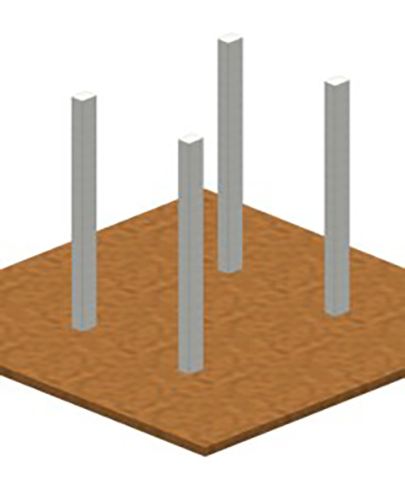
STEP : 2 - PLACING PRECAST BEAMS

STEP : 3 - PLACING PRECAST TANKS USING CRANES
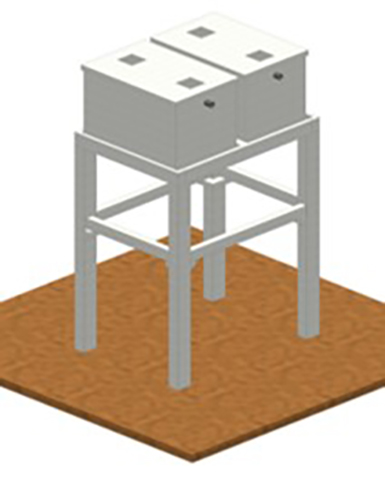
STEP : 4 - PLACING PRECAST STAIRCASE
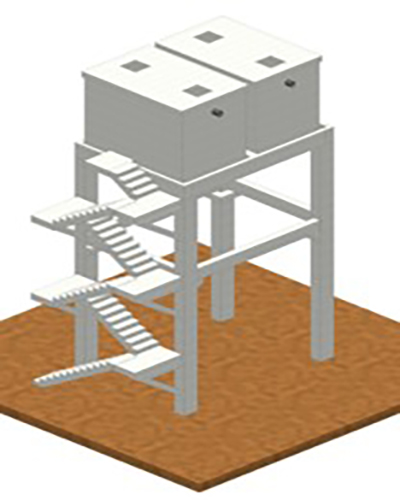
STEP : 5 - RAILINGS FOR SAFETY MEASURES
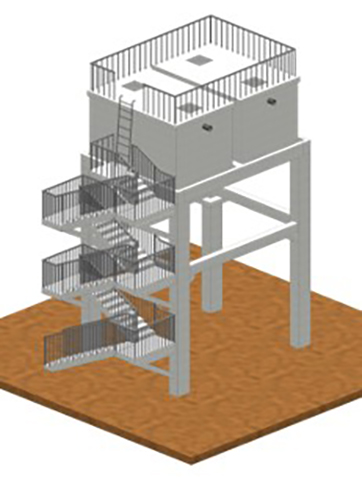
STEP : 6 - MEP FIXTURES

LIMITATIONS OF CONVENTIONAL ELEVATED TANKS
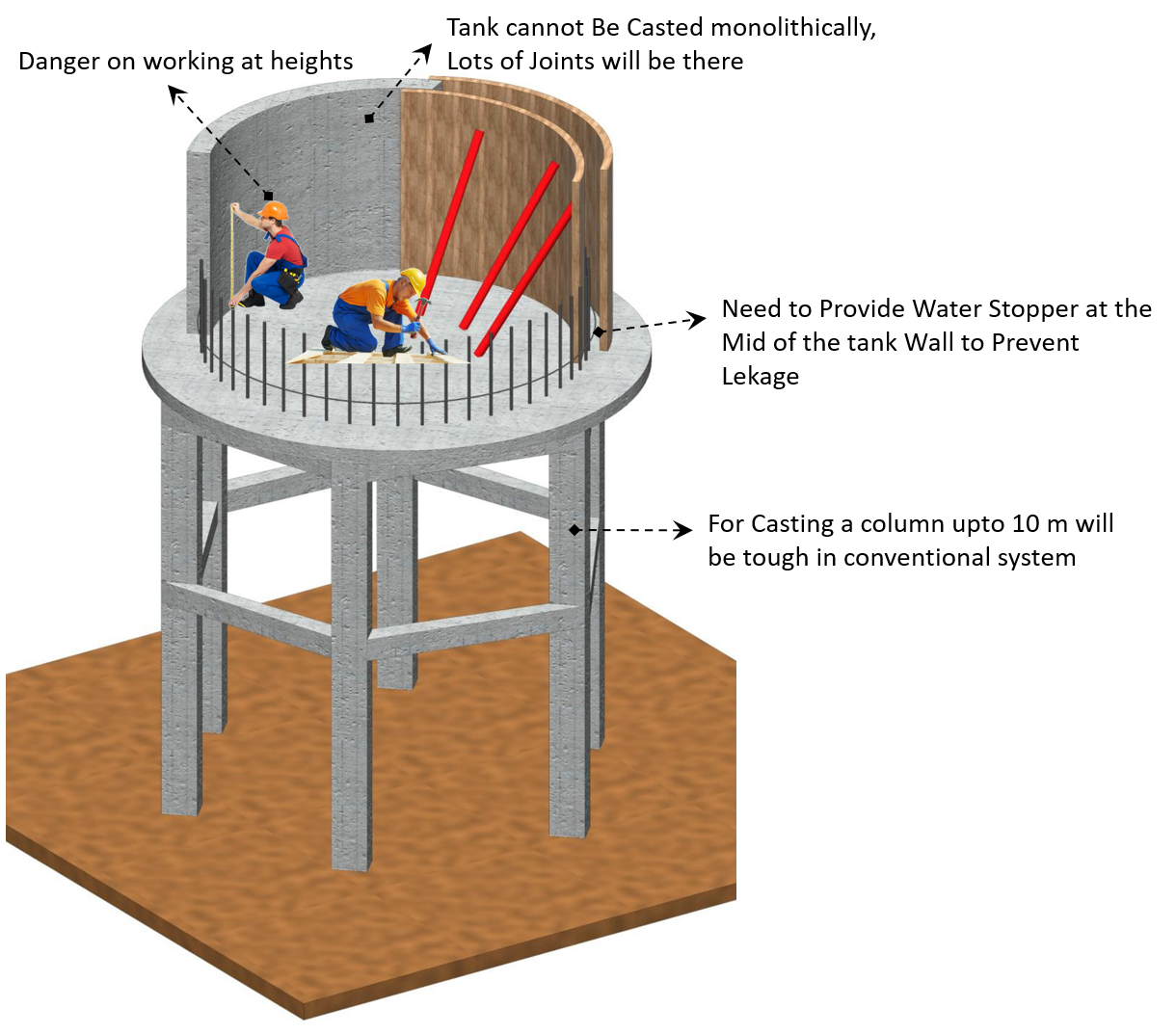

Water test is very cumbersome – since it is a single tank – entire water has to be arranged from trucks and then pumped to the top. If any leak is found, then all the water has to be drained out and then repair or grouting works have to be carried out.

ADVANTAGES OF PRECAST TANKS FOR ELEVATED STRUCTURES.
Challenges for them are
- a) Danger of working at heights
- b) Scaffolding to be done properly
- c) Support arrangements for the formwork to be very good
- d) Several joints will be there while casting
- e) Water test is very cumbersome – since it is a single tank – entire water has to be arranged from trucks and then pumped to the top. If any leak is found, then all the water has to be drained out and then repair or grouting works have to be carried out.
- f) Again the above process has to be done and when these tanks are to be erected in places where there is acute water shortage, then it becomes even more difficult. By adopting Precast water tanks, this issue is sorted out, since the tanks are tested in the factory
- g) Moreover, these tanks can be split into several modules (battery of tanks) and then interconnected. This will make the maintenance easy
- h) Internal slopes can be given to the tanks, so that there is no dead storage. This is not possible in the conventiaonal tank construction
- i) Time duration is saved
- j) Quality is ensured.
Maintenance of the tanks are easy. One tank can be shut and the other tank can be cleaned. This way, the operations need not be stopped.
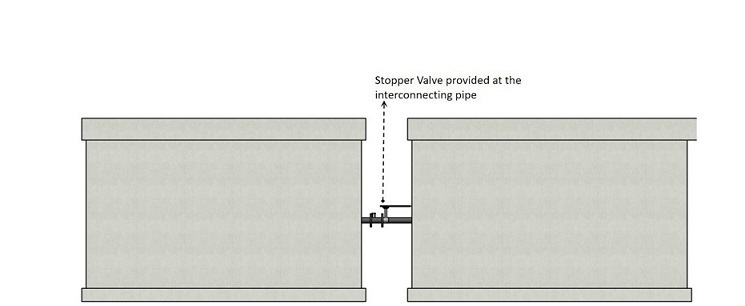
QUALITY CHECKS
Apart from the quality checks on raw materials, production and finishing, tanks are scrupulously checked for watertightness before delivery
STEP 1: TANK IS KEPT ON A RAISED PLATFORM

STEP 2: WATER IS FILLED UNTIL THE TOP LEVEL

STEP 3 : TOP LEVEL IS MARKED AND MONITORED FOR 24 HOURS AFTER 24 HOURS, THE LEVEL IS MEASURED TO SEE IF THERE IS ANY DROP IN THE WATER LEVEL

STEP 4: PHYSICAL EXAMINATION IS ALSO DONE TO SEE IF THERE ARE ANY VISIBLE LEAKS
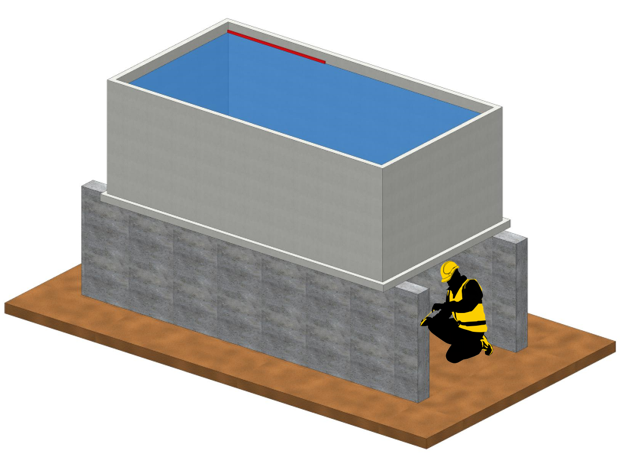
BENEFITS OF FRESH WATER TANKS

Suitably designed even for areas with spatial constraints

High Strength

Factory Made

Affordable Price

Chemically Inert

Durable

Easy and Quick Installation

Maintenance Free

Environmental Friendly

Easily Relocated
GALLERY













